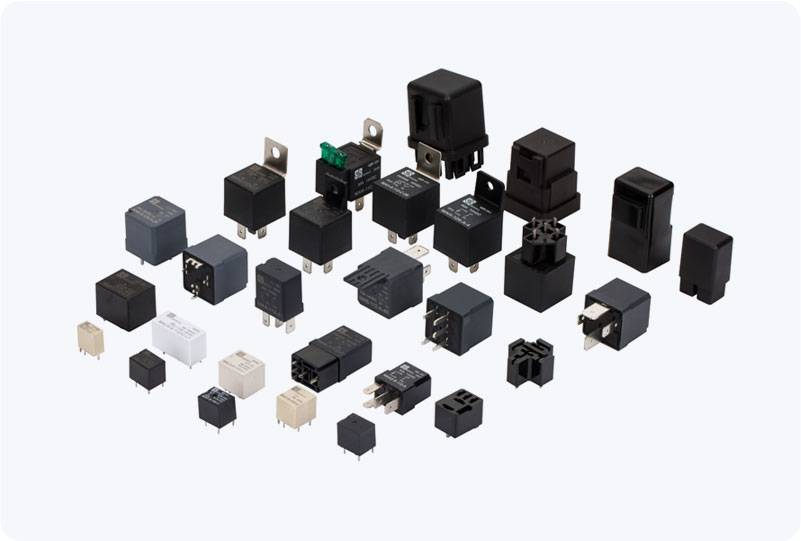understanding solid state relay: a revolution in switching technology
Release time:2025-06-25 09:26:20
A Solid State Relay (SSR) is an advanced, electrically controlled switch that uses semiconductor components instead of mechanical parts to perform the switching operation. SSRs have significantly transformed industries where reliable, fast, and long-lasting switching is essential. With the absence of moving parts, solid state relays offer unique advantages over traditional electromechanical relays (EMRs), such as higher durability, faster response times, and reduced noise levels. In this article, we will explore the working principles, benefits, applications, and limitations of Solid State Relays.

What is a Solid State Relay?
A Solid State Relay is essentially an electronic switch that turns on or off in response to an input signal, typically from a microcontroller or external control system. Unlike traditional relays that rely on mechanical contacts, an SSR uses semiconductor components such as thyristors, triacs, or phototransistors. These components allow the SSR to switch the load on and off with the application of a control signal, without the need for physical contact, thus eliminating the wear and tear associated with mechanical switches.
The key difference between SSRs and traditional relays is the lack of moving parts. This means SSRs do not suffer from mechanical degradation or arcing that typically occurs in EMRs. Consequently, Solid State Relays offer improved longevity and reliability in applications where switching frequency is high.

